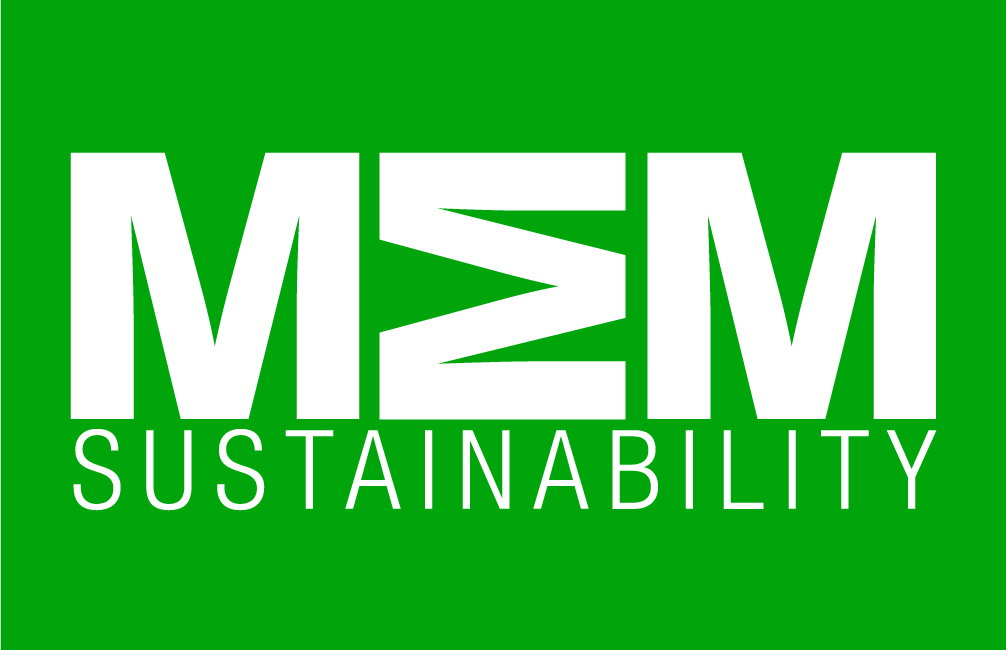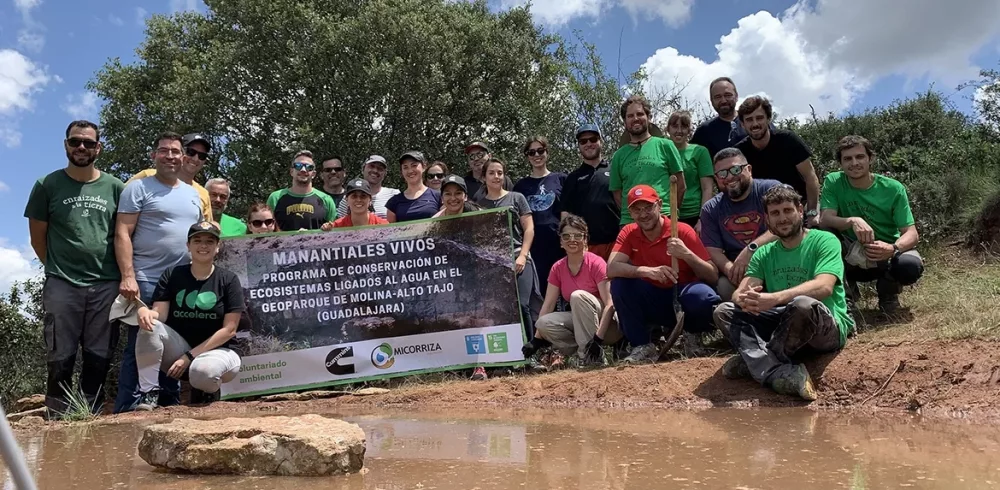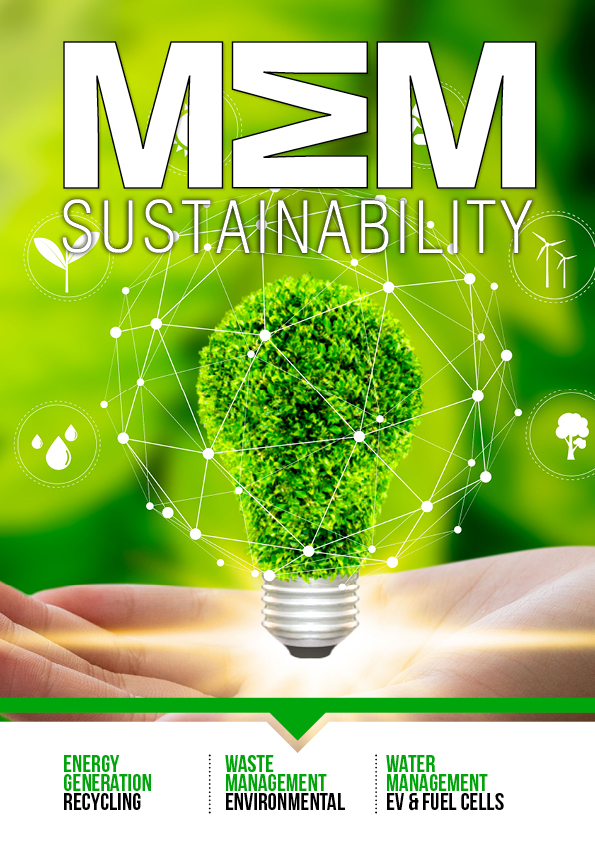Cummins Working to Preserve the Water Ecosystem in Spain’s Unesco Geopark : A team of volunteers from Cummins is working on an important environmental project within an internationally recognised, protected nature park located outside of Madrid.
The project, to preserve the water-linked ecosystem of the Molina and Alto Tajo UNESCO Geopark, is part of the multi-million-dollar Cummins Water Works (CWW) initiative.
The goal of CWW is to advance water security for 20 million people by 2025, by which time it is forecast that at least one in four people will likely live in a country affected by chronic or recurring water shortages.
The project is based near Cummins´ new 20,000 square meters Guadalajara proton exchange membrane (PEM) electrolyser plant in Spain, scheduled to come onstream in the first quarter of 2024. The new location northeast of Madrid will play an important role in the decarbonisation of European industry and the transition to clean energy.
Cesar Rodriguez Matas, Health, Safety and Environment Manager at the electrolyser plant and the leader of this CWW project, said: “As a new employer to the region, we feel we have a duty to show our support for conserving this precious natural resource and helping the local community.”
Working alongside the Cummins volunteers and providing expert direction is a not-for-profit organisation, Asociacion Nacional Micorriza. Micorriza is highly respected for its environmental restoration work in partnership with rural organizations in the Guadalajara and the wider Molina de Aragon region.
The Cummins and Micorriza teams first met in April 2023. “We really liked what they had done and the way they promote sustainable water management in our region,” said Cesar.
“We agreed on a two-year programme of activity to help preserve water-linked ecosystems in the Geopark, which will be split into three phases: revegetation of the Linares River waterfront; recovering water sources and springs; and clearing debris that has clogged many of the waterways.”
In June, the project group walked along the bank of the Linares River and learned about the soil quality and plants and trees species native to the Molina and Alto Tajo Geopark. The first action involved a team of 20 employees creating a trough to make it easier for reptiles and small animals to have access to water.
“In partnership with Micorriza, we hope to plant 650 trees, preserve two kilometres of riverbank, and deliver improved water flow.” said Cesar. “In the process, we will be restoring the natural landscape and creating biodiversity hotspots and shelters for birds and mammals.”
At least 50 employees are expected to be involved in the Micorriza project, volunteering more than 250 hours to support the work.
Awareness of the importance of water conservation has been heightened by the heatwave that engulfed Spain and other southern European countries in July, with temperatures in excess of 40 degrees Centigrade.
“People are seeing the consequences with their own eyes,” said Cesar. “Areas that used to be green are now brown. We will need to ensure the plants and trees get the water they need this summer.”
This project aligns with the Cummins Planet 2050 goal to be net water positive in every region by 2030, and net water positive in every community by 2050. This project will help us advance towards our goal of making the European region net water positive by 2030.
Manufacturing & Engineering Magazine | The Home of Manufacturing Industry News
















